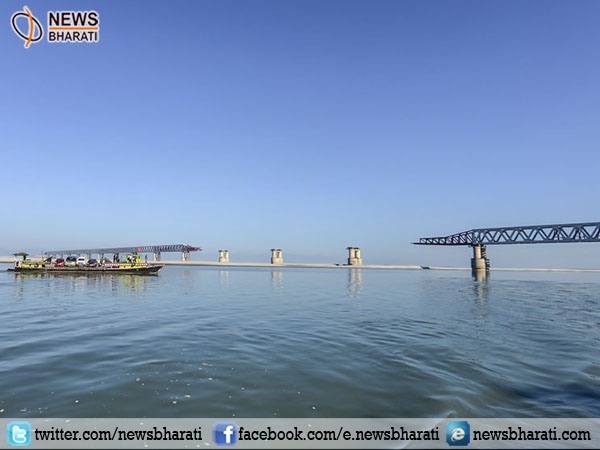National Conclave on Brahmaputra River kicked off to discuss navigation, acquaculture, agriculture avenues
Guwahati, February 12: While the Brahmaputra is one of the major water bodies of Asia, ‘Translating ideas into action’- two-day conclave opened up with an aim to counter the relief and rehabilitation operations following floods, erosion, and agriculture. The National Conclave was inaugurated by the Union Minister of State for DoNER and Chairman of the North Eastern Council NEC, Dr Jitendra Singh.

The Conclave will lay a platform to discuss the development of a system to cope with the highly dynamic river, keeping in mind the benefits of opening up huge avenues for navigation, aquaculture, water-intensive agriculture, eco-tourism, hydropower and so on.
With a vision of ‘Translating ideas into action’, the Gauhati University in active collaboration with the North Eastern Council (NEC), has called for deliberation on various themes on the Brahmaputra during its two-day National Conclave on the Brahmaputra.
Despite the recurring problems of flood, erosion and sedimentation in the Brahmaputra valley, Guwahati University hopes to convert it into a resource for socio-economic growth and development of the State.
“Relief and rehabilitation following floods, construction and maintenance of embankments have remained a major burden for several decades,” said Prof Parag Phukan, coordinator of the Conclave.
“Even the proposal of the Brahmaputra dredging has seen a counter narrative questioning the efficacy of such measures in the very high sediment-carrying river system. Therefore, there is a need for a holistic approach to study and look beyond these issues, especially with technological intervention,” Prof Phukan added.
Scientists and engineers, planners and policymakers from various organizations and institutions, government agencies and departments, and independent experts are invited for the deliberations on various issues related to the Brahmaputra like flood and erosion management, flood forecasting and hydrological models, engineering and technological intervention and sediment control.